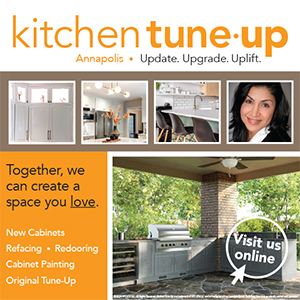Research produced by the National Association of REALTORS® (NAR) shows a persistent demand for walkable communities, including the following findings: When asked if deciding today where to live:
- 79% said being within an easy walk of other places and things, such as shops and parks, is very/somewhat important. 78% of those indicated that they would be willing to pay more for a dwelling in a walkable community.
- 85% said sidewalks and places to walk are very/somewhat important.
- 65% said having public transport nearby is very/somewhat important.
- 56% said they would prefer a house with a small yard and be able to walk to places vs. 44% who would prefer a large yard and would need to drive to most places.
- 53% would prefer an attached dwelling (own or rent a townhouse/condo/apartment) and be able to walk to shops, restaurants, and a short commute to work vs. 47% who would prefer a single-family home(own or rent) and have to drive to shops, restaurants and a longer commute.
NOTE: The event below, Arts Alive 25, was held on September 8, 2023.

“In Anne Arundel County, like across the country, we’ve seen continued interest for housing located in walkable communities,” said Marygrace Fitzhenry, Anne Arundel County Association of REALTORS®’ Government Affairs Director. “The availability of data like this will give valuable insight to real estate professionals, and it will help local lawmakers make decisions about land use and transportation policies that can help our region meet this demand.”
According to Freddie Mac and the National Association of REALTORS®. Maryland faced a housing shortage of 122,000 homes. That’s a 50% increase from 2020, when there was an 82,000 homes shortage. If this carries through the current trend, by 2026, Maryland’s housing shortage will approach 200,000 homes. This situation is not sustainable. Rising interest rates never help, but only looking at interest rates doesn’t explain the whole picture of what’s happening in this state and throughout the country. Homes that were once available for people of moderate- or low-income families are priced out of their reach. This shortage is partly due to a lack of “missing middle” housing options. These homes are compatible in scale with existing single-family residences but provide more diversity in home sizes and price points. This is the housing needed to serve the populations experiencing housing shortages and affordability challenges, but it’s rare to find in Maryland.

Fitzhenry shared, “Fostering walkable neighborhoods and embracing missing middle-type housing enhances livability and attracts a diverse range of residents who value connectivity, community, and a sense of place. Not only does the data show it’s favorable, but missing middle type housing would also allow for more middle-income residents.”
According to the NAR study, Americans living in walkable communities are more likely to be very satisfied with their quality of life. This study shows that a substantial demand for walkability persists for Americans of all ages.
The biannual NAR Community & Transportation Preferences Survey polls residents in the 50 largest metropolitan areas of the United States.











































